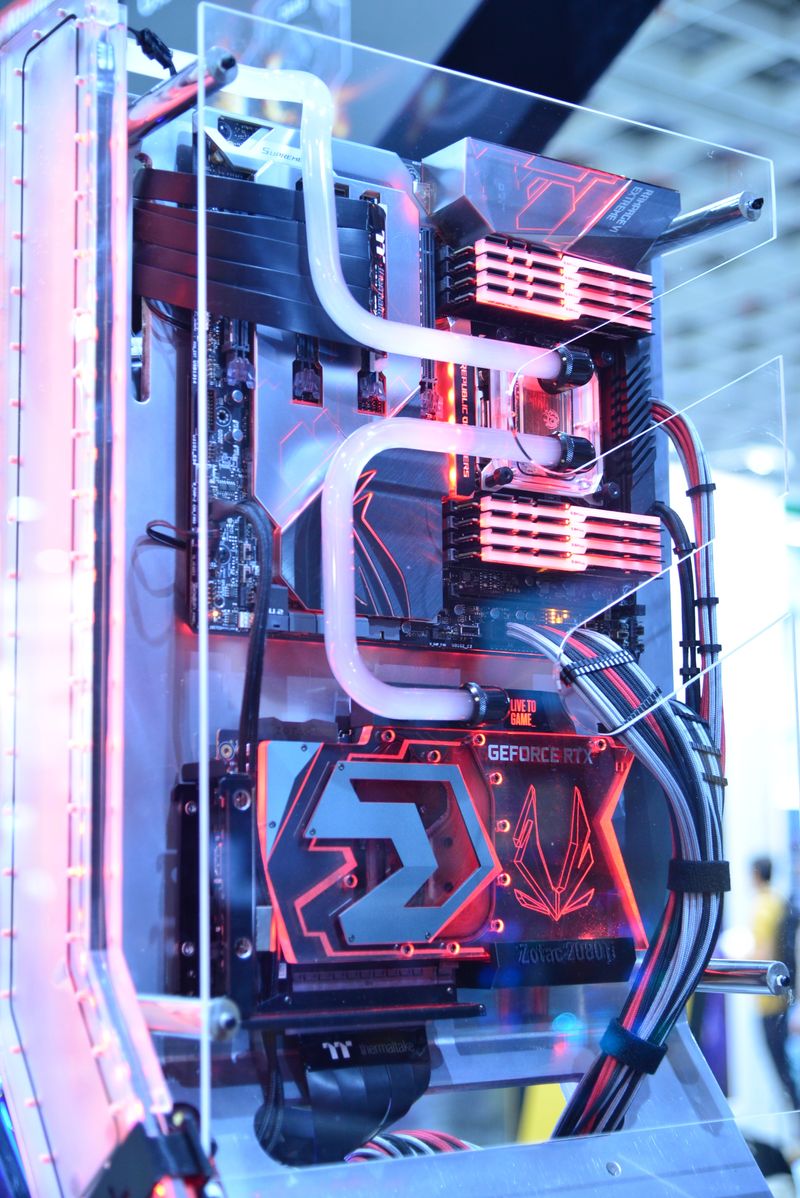Endpoint Security New ‘Inception’ Side-Channel Attack Targets AMD Processors
Researchers have recently disclosed the details of a new side-channel attack called “Inception,” which specifically targets AMD processors. This attack was discovered by a team of researchers from ETH Zurich University in Switzerland. The vulnerability allows a local attacker to leak potentially sensitive data, such as passwords or encryption keys, from anywhere in the memory of a computer powered by an AMD Zen processor.
Understanding Inception: A Transient Execution Attack
Inception is a transient execution attack that leverages a method called Training in Transient Execution (TTE) and an attack dubbed Phantom Speculation (CVE-2022-23825). The researchers explain that “as in the movie of the same name, Inception plants an ‘idea’ in the CPU while it is in a sense ‘dreaming’ to make it take wrong actions based on supposedly self-conceived experiences. Using this approach, Inception hijacks the transient control-flow of return instructions on all AMD Zen CPUs.”
Potential Risks and Mitigations
AMD has acknowledged the Inception attack and has published an advisory confirming that it can lead to information disclosure. The chipmaker has issued microcode patches and other mitigations to address the vulnerability. They have also advised customers to follow security best practices. AMD states that the attack has similarities to previous branch prediction-based attacks, such as Spectre and Branch Type Confusion. However, the company believes that the vulnerability can only be exploited locally, requiring an attacker to have knowledge of the address space and control of sufficient registers at the time of return from procedure speculation.
It is important to note that AMD is not aware of any malicious exploitation of the vulnerability at this time. Additionally, Inception is not the only vulnerability that has been disclosed for AMD Zen processors in recent weeks. Google researchers have discovered a vulnerability called Zenbleed, which affects AMD Zen 2 processors and can allow an attacker to access sensitive information.
Analysis and Recommendations
The discovery of the Inception side-channel attack highlights the ongoing challenge of securing computer processors and the vulnerability of modern computing systems. Side-channel attacks like Inception exploit the subtle behaviors and design flaws of processors and can potentially expose sensitive information.
As technology advances, putting an end to such attacks entirely may be a difficult task. However, it is crucial for both chipmakers and software developers to continuously improve their security measures and address vulnerabilities promptly.
Users should ensure that they keep their systems updated with the latest patches provided by the chip manufacturers. Additionally, following security best practices, such as using strong and unique passwords, enabling two-factor authentication, and being cautious of phishing attempts, can help mitigate the risks of such attacks.
The Inception attack serves as a reminder of the importance of regular software updates, security awareness, and the need for ongoing research and collaboration to identify vulnerabilities and develop effective countermeasures. It is a shared responsibility between manufacturers, software developers, and users to maintain a secure computing environment.
References:
- Eduard Kovacs. (August 9, 2023). “Endpoint Security New ‘Inception‘ Side-Channel Attack Targets AMD Processors.” SecurityWeek. Retrieved from 洋榤 郭 >>
The image is for illustrative purposes only and does not depict the actual situation.You might want to read !
- The Rise of Automated Security Control Assessment: Balancing Efficiency with Human Insight
- Why Shellshock’s Longevity Makes It an Ongoing Cybersecurity Menace
- Uncovering Security Weaknesses: Introducing the Innovative LLM Tool
- The Collide+Power Side-Channel Attack: A New Threat to Data Leakage in Modern CPUs
- Evaluating the Effectiveness of Side-Channel Attack Mitigations: MIT Introduces New Framework
- “Uncovering the Latest Intel CPU Vulnerability: The Side-Channel Attack Exploits”
- Replying to the question: “Planting ideas in a computer’s head: Researchers find new attack on AMD computer chips”
Title: Unleashing the Mindscape: Unveiling a Novel Attack on AMD Computer Chips
- The Article – Exploring the Latest Smartphone Vulnerability Threat: User Location Tracking Danger
- Cybercrime on the Rise: Addressing the Public Health Crisis





